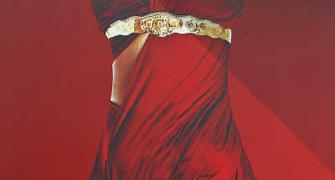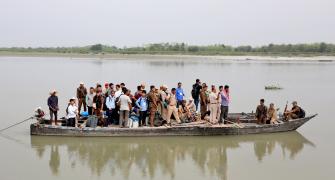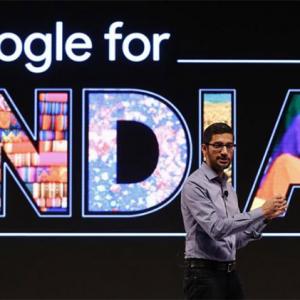A confident, assertive single woman is finding her way into popular advertising narratives.

Detergent brand Ghari, which has racked up an estimated market share of 23 to 24 per cent in the last decade by talking to women mainly in small town India, surprised viewers last month when it chose to address the issue of gender empowerment head-on in its advertisements.
The ad (below) showed a woman taking on a loutish Holi reveller. The punchline: 'Clothes can be washed clean. But how will you get rid of unclean thoughts?'
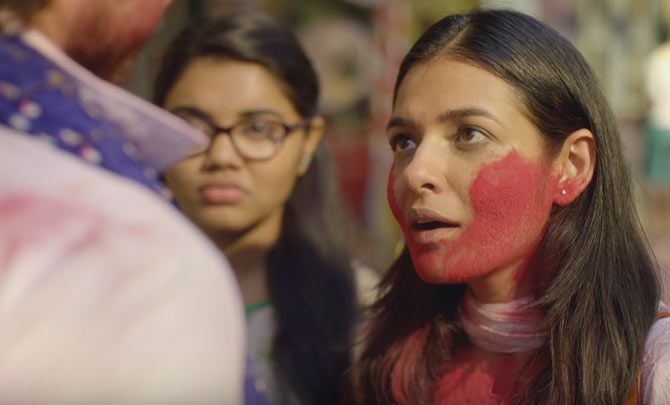
If the agency had run a blind test on the ad, it is most likely that Ghari would have been the last brand on the list. Even though the woman in the ad has been changing for a few years now, the transformation has been visible largely in what are seen as urban-centric brands.
Advertising by regional brands, like Ghari, which have a significant market share in tier II and III towns, is synonymous with stereotypes and tropes. In laundry, this includes commercials showing spotlessly clean clothes washed and dried in the sun, happy women doing their husbands’ and children’s bidding or advising an envious neighbour to do the same.
The new ads are therefore breaking the stereotype, of the woman and the brand.
More and more brands are choosing to reflect a more confident and assertive woman in their advertising narratives.
This is true as much for multinational and national brands as for regional and small-town focused labels. Some of the most striking work in recent months has been by e-commerce giants that are focused quite sharply on the small town Indian customer.
Alpana Parida, managing director, DY Works, a Mumbai-based brand consultancy and design firm, says, “Advertising is a reflection of society. Today gender empowerment is something that women as well as men feel strongly about. This is visible not only in urban, but also rural areas,” she says.
Who is the new woman of Indian advertising? In many ads she is single, either by choice or through circumstance.
But where she would earlier shed tears or be benefited by the farsightedness of a father/husband, she is more in control of her life.
A recent HDFC Life commercial (below), for instance, shows a young woman picking up the pieces of her life after the sudden demise of her husband. With her child in tow, she sets out to fulfill her husband’s dream, which is to launch a cafe.
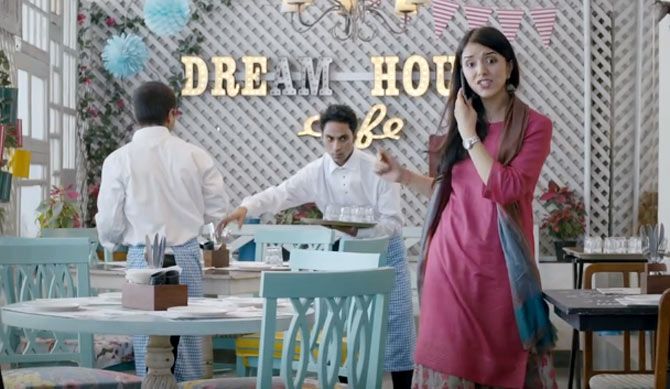
The need for gender equality in brand communication, say experts, has been partly fuelled by the growing number of single women in India. According to the 2011 census data, there was a 39 per cent increase in single women in India over the previous decade, the largest so far in any period.
In absolute terms, the jump works out to 71.4 million women (2011 census) versus 51.2 million women (2001 census). Single women included those who were widowed, unmarried, divorced and deserted by husbands.
For a society that has traditionally patronised women, emphasising that true bliss lies in marriage, the jump in the number of single women indicates that they are no longer afraid of living on their own, Parida says. It reflects changing social mores and that is driving the changing tone, look and feel of advertising.
Abhijit Avasthi, former national creative director of Ogilvy & Mather India, who is now founder of Sideways Consulting, says that women are a formidable economic force today, implying they cannot be ignored by marketers. “Brands will have to touch upon issues that affect women and which they feel passionately about,” he says.
Most brands are trekking down this path. A recent ad for Sonata Act (below), a watch by Titan with safety features, shows two women travelling alone at night for a training camp without fear of being targeted by goons.

A more recent commercial by Titan’s Tanishq for its new collection called Mirayah (below) shows ladies in their 40s celebrating womanhood.
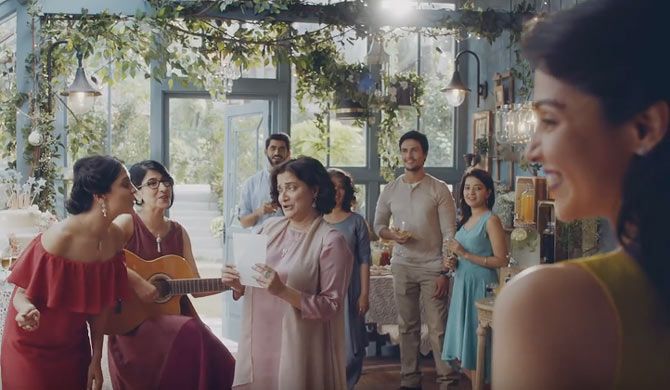
Another ad by beleaguered e-commerce company Snapdeal (below) shows a young mother with a refreshingly different attitude towards her post pregnancy body.

In categories such as telecom and retail, the shift has been gradual but fairly pronounced. A recent ad for Reliance Digital (below), the chain of electronics stores from Reliance Retail, shows the protagonist enjoying herself as she treks, walks, climbs and jogs in the mountains with her friends and personalised gadgets.

The Airtel girl, say experts, is another example. She is not used as a prop and is not scared of asserting herself. She is willing to traverse any ground and push people into believing what she has to say, says K V Sridhar, founder and chief creative officer, Hyper Collective.
While women have been used as marketing tools in the past, the Airtel girl (below) stands out for her gumption.

It is not just the women in advertising that are changing, men are too.
One of the most remarkable transformations has come about in the deodorant category.
Deo ads were all about helping boys get girls, but check out the new commercials and the shift in narrative is hard to miss. Deos are now confidence boosters, mood enhancers and anything but hooks to bait women with. Now that is a small, but significant change in the way Indian ads treat their women.



